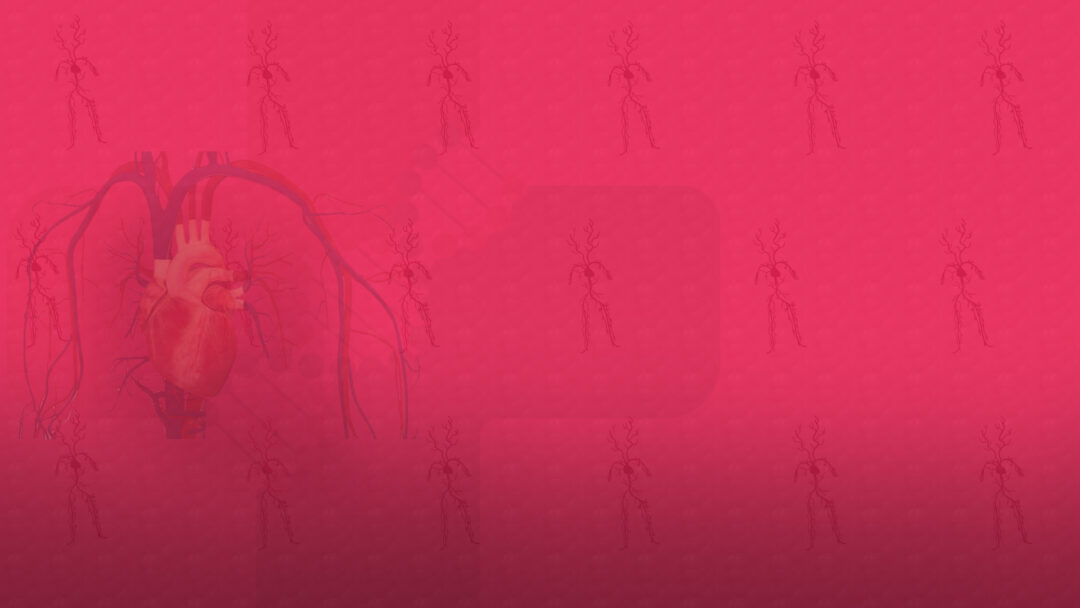Structure & Function
The circulatory system should be thought of as arterial > capillary > venous. The arterial system should be broken down into large (elastic; aorta) > medium (muscular; named) > small (arteriole). Each of the arterial components is described, together with the clinical relevance.
Atherosclerosis
We cover the natural history of atherosclerosis from fatty streak, through plaque progression, to plaque disruption. Peripheral vascular disease includes the pathology of the ascending and descending aorta as well as the peripheral arteries (PAD).
Arteriolosclerosis
This lesson explains the pathophysiology of small artery disease and its similarities to aging. The concepts of functional reserve and failure are explored.
Hypertension
The new criteria of 2017 are noted, together with the physiology of blood pressure. The pathology of macrovascular disease is summarized, risk factors for HT are discussed and the approach to primary versus secondary HT is noted.
Vasculitis
The newest nomenclature from 2012 is reviewed, followed by a discussion of the immunopathology of vasculitis. A classification based on vessel size precedes the presentation of the most important individual diseases.
Lipids and Dyslipidemias
The biochemistry of lipoproteins and apolipoproteins is discussed, followed by their metabolic pathways in absorption, distribution and reverse cholesterol transport. Pathways are used to place the lipid diseases and therapeutic drugs. The key familial diseases (chylomicronemia, hypercholesterolemia, triglyceridemia) and secondary diseases are reviewed.


Responses